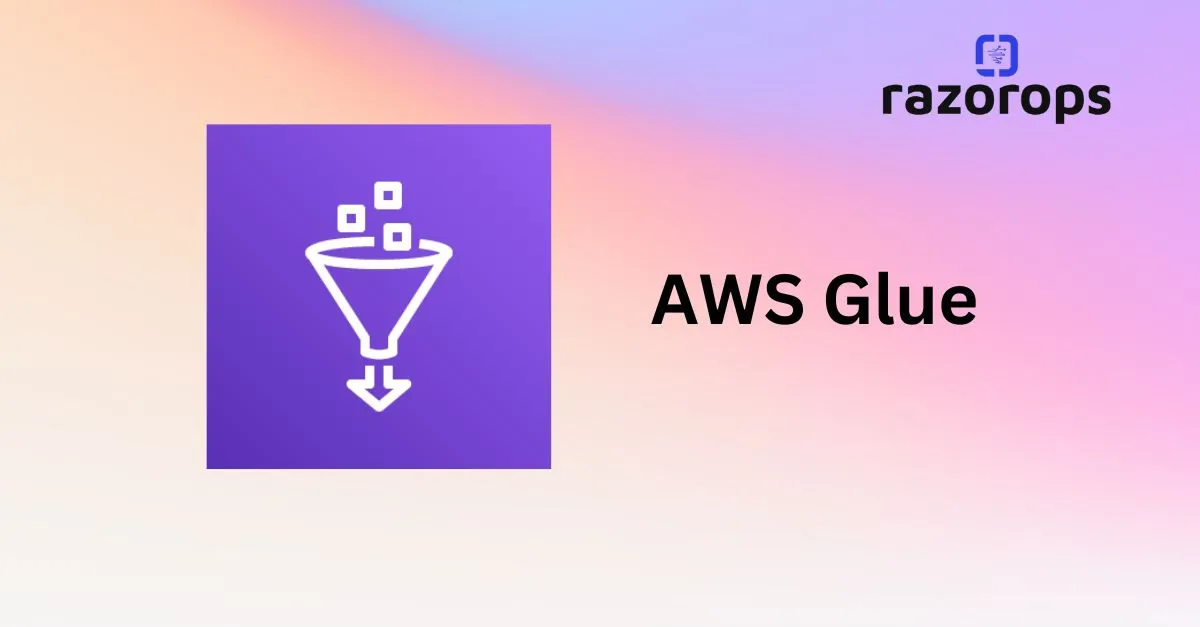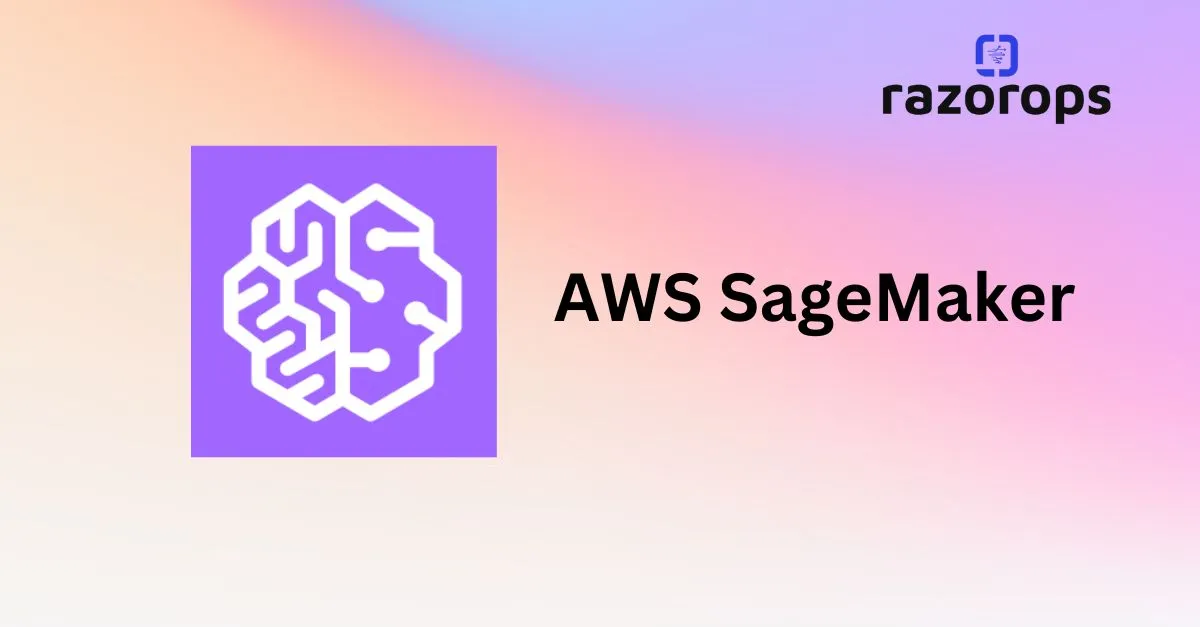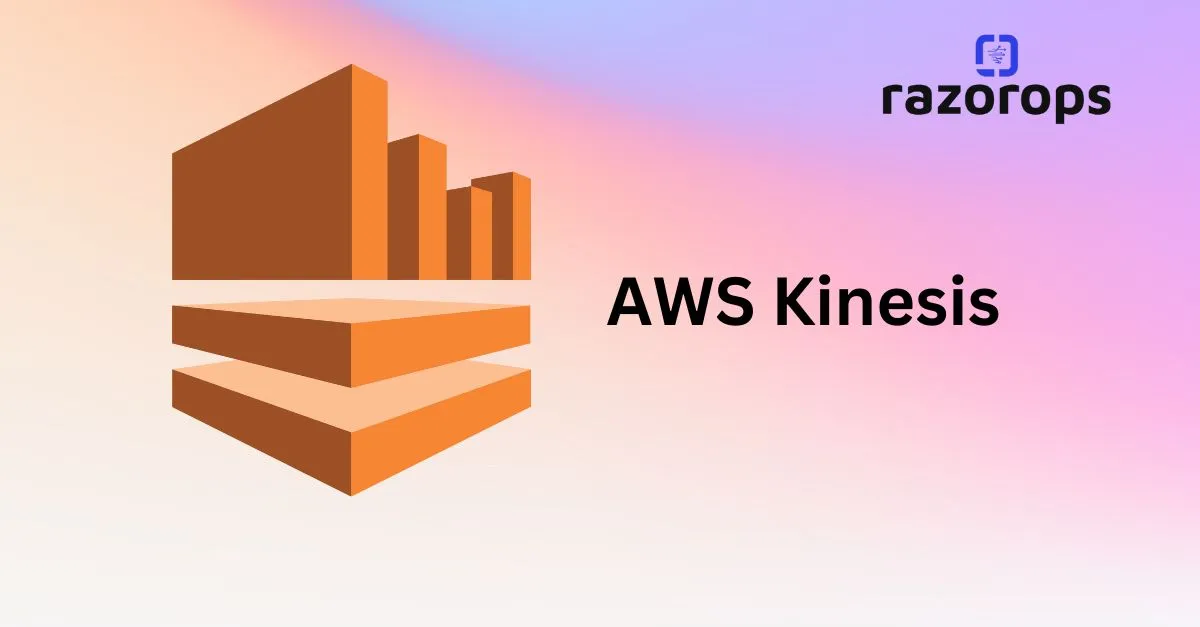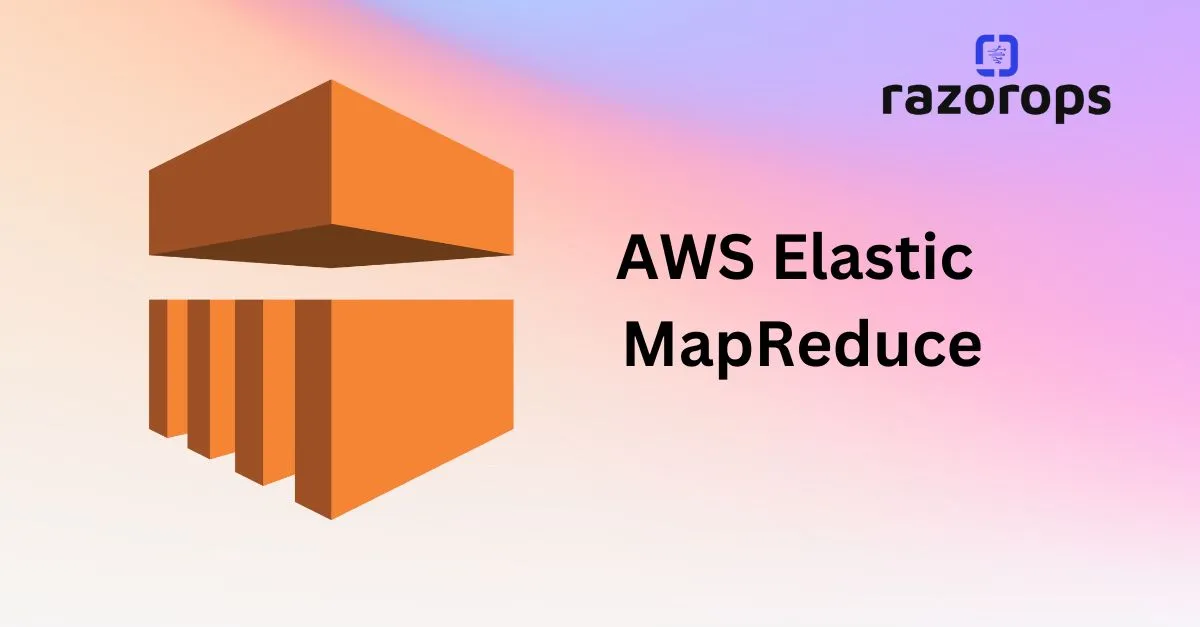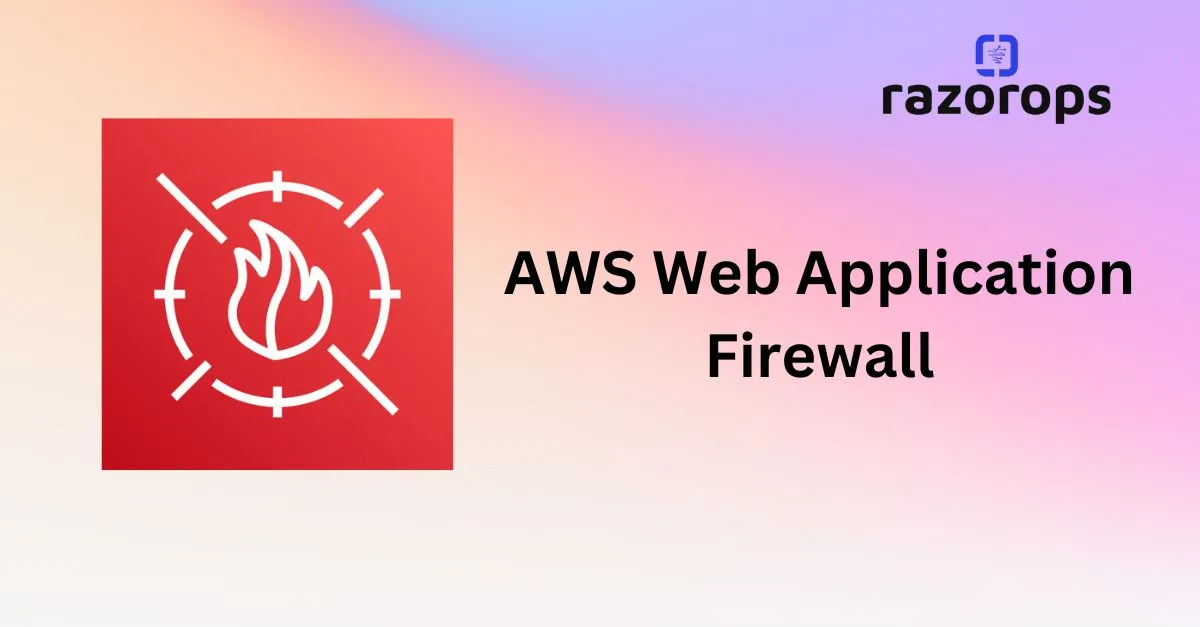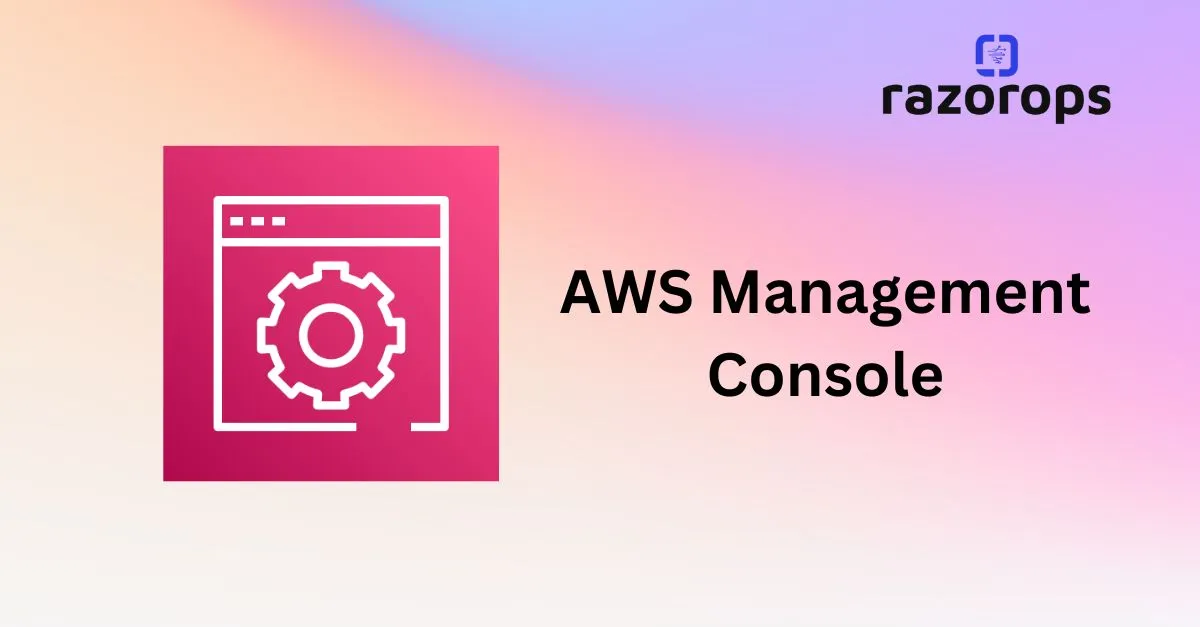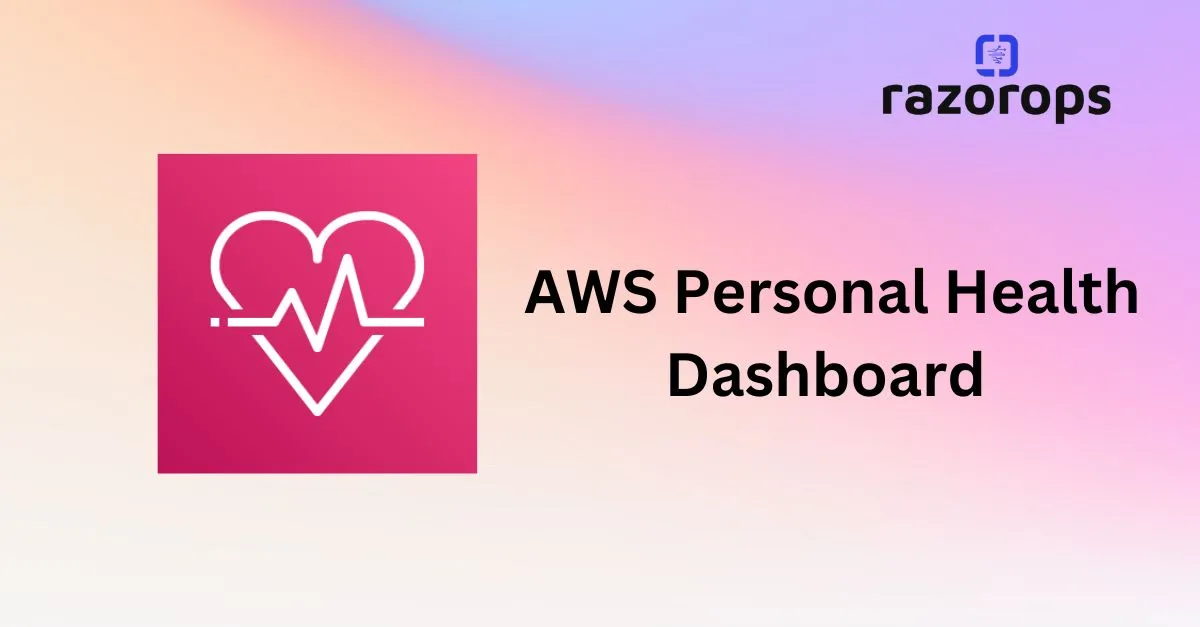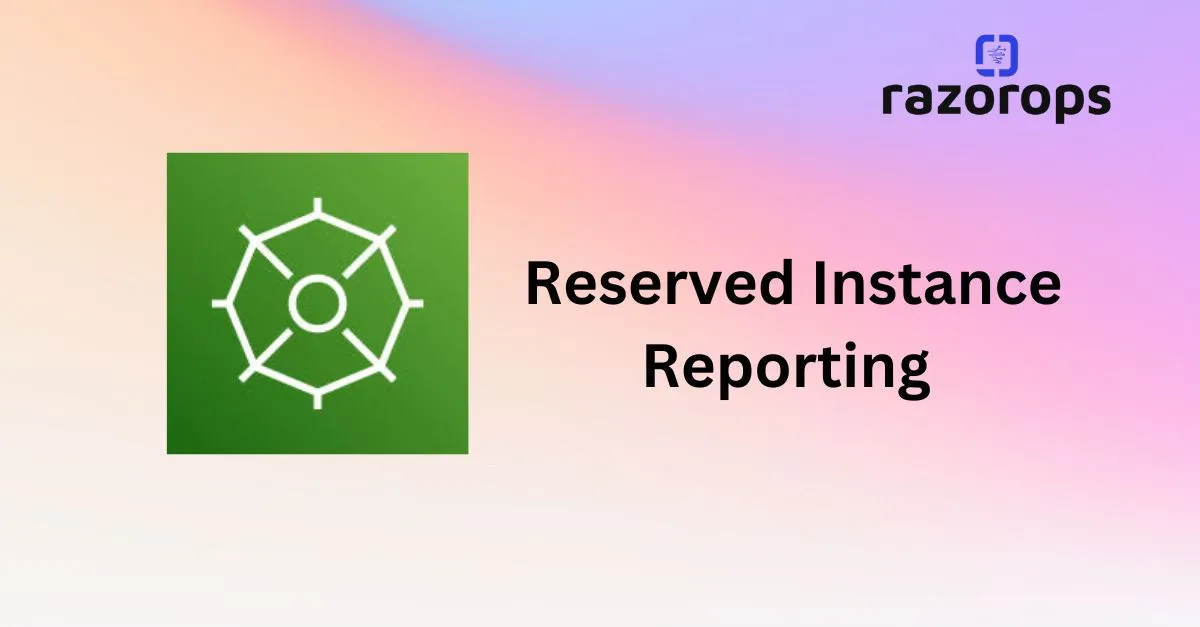Top 50 AWS DevOps Interview Questions and Answers
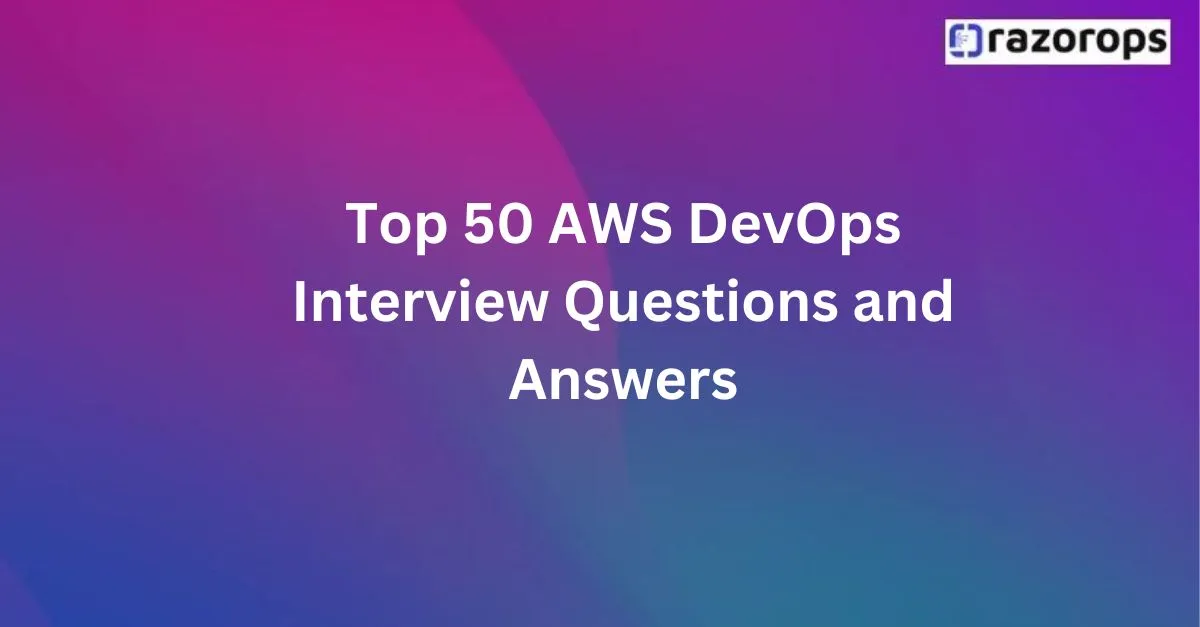
1. What is DevOps?
DevOps is a set of practices that combines software development (Dev) and IT operations (Ops). It aims to shorten the systems development life cycle and provide continuous delivery with high software quality.
2. What are the key components of AWS DevOps?
The key components include AWS CodePipeline, AWS CodeBuild, AWS CodeDeploy, and AWS CodeStar.
3. What is AWS CodePipeline?
AWS CodePipeline is a continuous integration and continuous delivery service for fast and reliable application and infrastructure updates.
4. What is AWS CodeBuild?
AWS CodeBuild is a fully managed build service that compiles source code, runs tests, and produces software packages.
5. What is AWS CodeDeploy?
AWS CodeDeploy is a service that automates code deployments to any instance, including Amazon EC2 instances and instances running on-premises.
6. What is AWS CodeStar?
AWS CodeStar is a cloud-based service for creating, managing, and working with software development projects on AWS.
7. What are the benefits of using AWS DevOps tools?
Benefits include faster software delivery, improved collaboration, reduced manual processes, and increased reliability and scalability.
8. Explain the CI/CD pipeline in AWS.
CI/CD pipeline in AWS involves using CodePipeline to automate the build, test, and deploy phases. CodeBuild handles the build, CodeDeploy manages the deployment, and other AWS services can integrate to enhance the pipeline.
9. What is Infrastructure as Code (IaC)?
IaC is the process of managing and provisioning computing infrastructure through machine-readable definition files, rather than physical hardware configuration or interactive configuration tools.
10. Which AWS services support Infrastructure as Code (IaC)?
AWS CloudFormation and AWS CDK (Cloud Development Kit).
11. What is AWS CloudFormation?
AWS CloudFormation gives developers and businesses an easy way to create a collection of related AWS and third-party resources and provision and manage them in an orderly and predictable fashion.
12. What is the AWS CDK?
The AWS Cloud Development Kit (AWS CDK) is an open-source software development framework to define your cloud application resources using familiar programming languages.
13. What is Amazon EC2?
Amazon Elastic Compute Cloud (Amazon EC2) provides scalable computing capacity in the Amazon Web Services (AWS) cloud.
14. What are EC2 instance types?
EC2 instance types are categorized based on different use cases such as General Purpose, Compute Optimized, Memory Optimized, Storage Optimized, and Accelerated Computing.
15. What is Amazon S3?
Amazon Simple Storage Service (Amazon S3) is an object storage service that offers industry-leading scalability, data availability, security, and performance.
16. What is Amazon RDS?
Amazon Relational Database Service (Amazon RDS) makes it easy to set up, operate, and scale a relational database in the cloud.
17. What is Amazon ECS?
Amazon Elastic Container Service (Amazon ECS) is a fully managed container orchestration service.
18. What is Amazon EKS?
Amazon Elastic Kubernetes Service (Amazon EKS) is a managed Kubernetes service to run Kubernetes without needing to install and operate your own Kubernetes control plane or nodes.
19. What is Amazon CloudWatch?
Amazon CloudWatch is a monitoring and observability service built for DevOps engineers, developers, site reliability engineers (SREs), and IT managers.
20. How do you use Amazon CloudWatch for monitoring?
Use Amazon CloudWatch to collect and track metrics, collect and monitor log files, and set alarms.
21. What is AWS Lambda?
AWS Lambda lets you run code without provisioning or managing servers. You pay only for the compute time you consume.
22. What are AWS IAM roles?
AWS Identity and Access Management (IAM) roles are a set of permissions that define what actions are allowed and denied by an entity in AWS.
23. What is the difference between IAM roles and IAM policies?
IAM roles are sets of permissions that AWS resources can assume. IAM policies are JSON documents that define permissions for an entity.
24. How do you manage secrets in AWS?
Use AWS Secrets Manager or AWS Systems Manager Parameter Store to manage secrets.
25. What is Amazon Route 53?
Amazon Route 53 is a scalable Domain Name System (DNS) web service designed to route end users to Internet applications.
26. What is a VPC?
Amazon Virtual Private Cloud (VPC) lets you provision a logically isolated section of the AWS cloud where you can launch AWS resources in a virtual network you define.
27. What are the components of a VPC?
Components include subnets, route tables, internet gateways, NAT gateways, and security groups.
28. What is an AMI?
An Amazon Machine Image (AMI) provides the information required to launch an instance, which is a virtual server in the cloud.
29. What are the types of load balancers in AWS?
AWS offers three types of load balancers: Application Load Balancer (ALB), Network Load Balancer (NLB), and Classic Load Balancer (CLB).
30. What is AWS CloudTrail?
AWS CloudTrail is a service that enables governance, compliance, operational auditing, and risk auditing of your AWS account.
- What is Amazon EBS?
Amazon Elastic Block Store (Amazon EBS) provides block storage volumes for use with Amazon EC2 instances.
32. What are the types of EBS volumes?
Types include General Purpose SSD, Provisioned IOPS SSD, Throughput Optimized HDD, and Cold HDD.
33. How do you automate deployments in AWS?
Automate deployments using AWS CodeDeploy, AWS Elastic Beanstalk, or AWS OpsWorks.
34. What is AWS Elastic Beanstalk?
AWS Elastic Beanstalk is an easy-to-use service for deploying and scaling web applications and services developed with various programming languages.
35. What is AWS OpsWorks?
AWS OpsWorks is a configuration management service that provides managed instances of Chef and Puppet.
36. What is the difference between vertical and horizontal scaling in AWS?
Vertical scaling involves adding more power (CPU, RAM) to an existing machine. Horizontal scaling involves adding more instances to distribute the load.
37. What is AWS Auto Scaling?
AWS Auto Scaling monitors your applications and automatically adjusts capacity to maintain steady, predictable performance at the lowest possible cost.
38. What are CloudFormation stacks?
CloudFormation stacks are collections of AWS resources that you can manage as a single unit.
39. What is a CloudFormation template?
A CloudFormation template is a JSON or YAML formatted text file that describes your AWS infrastructure.
40. What is an Elastic IP?
An Elastic IP address is a static IPv4 address designed for dynamic cloud computing.
41. What is the purpose of AWS CloudTrail?
AWS CloudTrail enables governance, compliance, and operational and risk auditing of your AWS account by logging and monitoring account activity.
42. What is the purpose of AWS CloudFormation?
AWS CloudFormation provides a common language for you to describe and provision all the infrastructure resources in your cloud environment.
43. How do you secure data at rest in AWS?
Use AWS Key Management Service (KMS) to manage encryption keys and Amazon S3 encryption for data at rest.
44. What is AWS KMS?
AWS Key Management Service (KMS) is a managed service that makes it easy to create and control the encryption keys used to encrypt your data.
45. How do you secure data in transit in AWS?
Use SSL/TLS for data in transit and AWS Certificate Manager to manage your SSL/TLS certificates.
46. What is AWS Fargate?
AWS Fargate is a serverless compute engine for containers that works with both Amazon ECS and Amazon EKS.
47. What is AWS Cloud9?
AWS Cloud9 is a cloud-based integrated development environment (IDE) that lets you write, run, and debug code with just a browser.
48. What is AWS Artifact?
AWS Artifact is a portal that provides on-demand access to AWS compliance reports and select online agreements.
49. What is Amazon GuardDuty?
Amazon GuardDuty is a threat detection service that continuously monitors for malicious activity and unauthorized behavior to protect your AWS accounts and workloads.
50. How do you ensure high availability in AWS?
Ensure high availability by using multiple Availability Zones, Auto Scaling, Elastic Load Balancing, and deploying across multiple regions.

